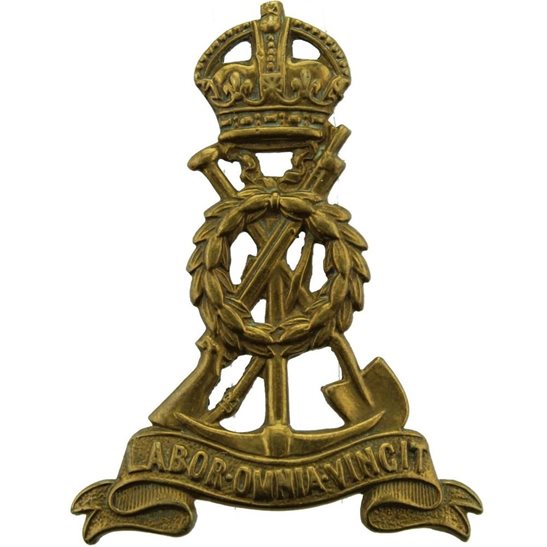Personal Details
Born: 26 November 1880 in Whitchurch, Shropshire and baptised on 5 January 1881 with his sister Jane in St. Alkmund’s Church.
Family: He was the sixth of eight children born to James Penk, a shoemaker, and his wife Elizabeth. He married Lily Crewe on 14 May 1905 in St. Alkmund’s Parish Church, Whitchurch and together they had one child, Hilda.
Residence: In 1881, 1891 and 1901 he lived at 58 Bargates, Whitchurch with his parents and siblings. Having married, in 1911 he was living at 11 Castle Hill, Whitchurch where he continued to live until his death.
Employment: He was a bricklayer’s labourer and bricklayer.
Died: In 1962 at Cross Houses Hospital, Shrewsbury, Shropshire, aged 81.
Military Details
Regiment: Labour Corps (previously King’s Shropshire Light Infantry and Royal Welsh Fusiliers)
Rank: Private
Service Number: 616256 (previously 34194 and 62223)
Date of Enlistment: 10 December 1915
Date of Discharge: 4 April 1919
Reason for Discharge: Demobilisation
James was awarded the Campaign Medals (British War Medal, and Victory Medal)

The British War Medal (also known as 'Squeak') was a silver or bronze medal awarded to officers and men of the British and Imperial Forces who either entered a theatre of war or entered service overseas between 5th August 1914 and 11th November 1918 inclusive. This was later extended to services in Russia, Siberia and some other areas in 1919 and 1920. Approximately 6.5 million British War Medals were issued. Approximately 6.4 million of these were the silver versions of this medal. Around 110,000 of a bronze version were issued mainly to Chinese, Maltese and Indian Labour Corps. The front (obv or obverse) of the medal depicts the head of George V. The recipient's service number, rank, name and unit was impressed on the rim.
The Allied Victory Medal (also known as 'Wilfred') was issued by each of the allies. It was decided that each of the allies should each issue their own bronze victory medal with a similar design, similar equivalent wording and identical ribbon. The British medal was designed by W. McMillan. The front depicts a winged classical figure representing victory. Approximately 5.7 million victory medals were issued. Interestingly, eligibility for this medal was more restrictive and not everyone who received the British War Medal ('Squeak') also received the Victory Medal ('Wilfred'). However, in general, all recipients of 'Wilfred' also received 'Squeak' and all recipients of The 1914 Star or The 1914/1915 Star (also known as 'Pip') also received both 'Squeak' and 'Wilfred'. The recipient's service number, rank, name and unit was impressed on the rim.

